Photographs: Anuruddha Lokuhapuarachchi/Reuters T E Narasimhan
Nearly three years after the Liberation Tigers of Tamil Eelam lost the war, T E Narasimhan visits north Sri Lanka to find a country limping back to normal.
The roads here are sturdy and clean. Japanese cars and motorcycles -- Nissan, Toyota, Honda, Yamaha and others -- zip on them at great speed. The colonial buildings are magnificent.
At 152 metres, the World Trade Centre is the tallest structure in the island country. The malls are home to brands such as Nike, Marks & Spencer and Hermes. The hotels include an Aman, a Taj, a Hilton and an InterContinental.
The four casinos (MGM, Bellagio, Ballys and Stardust, their names copied from Las Vegas) are popular for roulette, poker, blackjack and baccarat. There are discos for the young and energetic. The city sleeps little. This is Colombo, the capital of Sri Lanka.
But just a few hours' journey away, the northern parts of the country shut down by 8:00 pm. There are few billboards in the towns; most of these advertise mobile telephony services like Mobitel and Dialog.
The roads, except in towns like Trincomalee and Jaffna, are a shambles. India-made auto-rickshaws and two-wheelers (TVS and Bajaj) ply on these roads. Large parts of the area are yet to be electrified.
An award-winning documentary made by well-known film-maker Vinodth has a six-year-old surprised to see an electric bulb in a shop. "How does the light travel towards the earth," he asks his mother. All he'd seen in his growing up years had been the wick in lamps send a faint glow skyward. Clearly he had no idea what electricity was.
...
A bullet-ravaged land
Image: A woman rides a bicycle past a building damaged during the civil war in Jaffna, about 304 km north of ColomboPhotographs: Dinuka Liyanawatte/Reuters
This is the price people have paid for the separatist movement launched by the LTTE, in 1976 under Velupillai Prabhakaran for the Tamils of north Sri Lanka. The conflict ended in May 2009 after Prabhakaran was killed.
During these years, the well-off residents of north Sri Lanka, Tamil as well as Sinhalese, moved to Western countries like the United States, Canada, France and the United Kingdom. Still others headed for West Asia.
Those who couldn't afford to go abroad ended up in relief camps within Sri Lanka. All told, 80,000 to 100,000 people reportedly died in the conflict and 3,95,000 were displaced.
Over two-and-a-half years after the war ended, the signs of the devastation are starkly visible. The drive of over 100 km from Nagadeep to Jaffna is beautiful, with greenery on both the sides. There are neat rows of beautiful houses -- some 5,000 in number.
A closer look shows bullet marks on the walls. The houses are empty, the windows are broken and the floors are destroyed. The occupants who had fled the conflict zone have not returned to reclaim their property.
V Muruganathan, one of the few who have returned, sells a coconut for 125 Sri Lankan rupees ($1.2) near Nagadeep, which is more than twice of what it costs in Colombo and thrice what it costs in Tamil Nadu. "What to do," he says when you protest the high price tag. "There is hardly any adult tree here which does not have bullet marks."
...
An agrarian economy lost to the war
Image: An ethnic Tamil street vendor sells his wares in JaffnaPhotographs: Reuters
North Sri Lanka contributes less than 4 per cent to the country's gross domestic product. It's not difficult to see why. This used to be an agrarian economy. But the farmland was ravaged in the war -- this is where pitched battles were fought between LTTE and the Sri Lankan army.
Almost 70 per cent of the agricultural land and 40 per cent of the coastal areas were under LTTE control. Mines and LTTE bunkers can still be found in the fields. The yield of the once-famous Jaffna mango has come down 75 to 80 per cent.
In May 2009, when LTTE accepted defeat, the prices of farm produce, as well as other commodities like petrol, were sky high. Prices have fallen almost 50 per cent since then, but are still higher than elsewhere in the country, according to exporter Somi Hazari, founding president of the India-Sri Lanka Trade Chamber.
(The most lucrative business during the war was the sale of medicine, transported by air, at astronomical prices. Now, the prices are the same as in Colombo.)
Jaffna, in the pre-war years, was famous for producing an army of lawyers and academicians. It was also well-known for its colonial architecture (Portuguese and British).
But all that is distant history. LTTE had made Jaffna its cultural and political home, so it was damaged greatly in the war. People are still camped in the bombed-out shell of what was once Jaffna's landmark railway station.
Some farmers have begun to till the fertile fields of red-soil. There are small crowds at groceries. And these include Sir Lankan soldiers who are extremely courteous. However, there are not many hotels in the town. People rent out their homes, even garages, to tourists.
...
Tourism: Sri Lanka's big hope?
Image: Tourists walk along the Galle Face Green in ColomboPhotographs: Dinuka Liyanawatte/Reuters
Tourism is the big thing that people here feel will pull them out of poverty. The Sri Lankan administration says that 850,000 tourists came to the country in 2011, resulting in earnings of $800 million. (The projection for 2012 is 1 million tourists and $1.2 billion in earnings.).
But not too many tourists from abroad go to north Sri Lanka. In my three days here, I see just four or five Western tourists at Trincomalee (113 km south of Jaffna) which has one of the most beautiful beaches in the country, and a handful of Indians who've come to see the temples. But there are quite a few tourists from other parts of Sri Lanka.
Prakasham, 90, relaxes on an easy chair in front of the blue sea at Trincomalee. His eyes follow his two-year-old great-granddaughter as she rides her bicycle. Once a cleaner in the Sri Lankan Railways, Prakasham now owns a beach resort called French Garden which is worth a few hundred thousand dollars.
The resort is Spartan but clean. The view is breathtaking. This was the family's ancestral land. But Prakasham had to leave once the war started. His land was used by LTTE as a seaside bunker and even played host to the Indian Peace Keeping Force in the 1980s.
After the war, Prakasham returned and set up this resort. In spite of newfound riches, Prakasham finds it difficult to forget the horrors of the 30-year war. "Those were horrible #215 now things are good."
Samantha's story is no different. A fisherman, he along with his wife and three children fled the northern city of Kilinochchi, which was the capital of the rebels, in 2008.
After a year on the run, they ended up in a camp for displaced civilians, destitute and exhausted.
Seven months after LTTE's defeat in May 2009, Samantha and his family left the camp in a bus with about 100 people and came to Trincomalee on the A9 Highway (the 321-km road connects Kandy with Jaffna), which had reopened after many years, clutching a precious $220 in government and aid-agency grants.
While his kinsmen went back to fishing, Samantha, now 58, set up a restaurant named A-Z, on the highway. The shack serves sea food and fetches him around $500 a month. His children are back in school, and he has started rebuilding his ancestral home nearby.
...
The long road back home
Image: A Sri Lankan refugee girl stands behind the gate of the Mandapam refugee camp in the Ramanathapuram district, about 620 km from ChennaiPhotographs: Babu/Reuters
Highways such as the A9 and other arterial roads have opened up the once-isolated villages to commerce. The demand for goods and services, as a result, has seen double-digit growth.
"From the growth perspective," says Sri Lanka Export Development Board Chairman Janaka Ratnayake, "It has been tremendous."
Elsewhere in the north, there is talk of a new five-star hotel, a salt manufacturing plant and an apparel factory. There is money floating around, for sure. People who had migrated to the West have returned in large numbers after they lost their jobs to the recession.
Even otherwise, foreign money, the result of remittances from immigrants, is plentiful in North compared to South, says Hazari, the exporter. Central Bank Governor Ajith Nivard Cabraal says remittances from workers were $5.2 billion in 2011, up 27 per cent from 2010. He expects it to climb to $6.5 billion in 2012.
This has stoked a rise in stock indices -- the 25-share Milanka index of the Colombo Stock Exchange has climbed over 30 per cent in the last two years. Real estate prices have risen almost five times in the last two years, and the Sri Lankan Rupee has strengthened almost 3 per cent vis-a-vis the dollar.
The Sri Lankan government plans to invest over a billion dollars in 31 projects to rebuild the north. The presence of Chinese companies in the road projects is unmistakable. The Indian hand can be seen in newly-built homes, schools and hospitals.
With peace returning to the region, labour is abundant. By the end of August 2011, the majority of the 395,000 internally-displaced persons had returned to their homes. In Chennai, the Sri Lankan High Commission has issued 8,253 emergency certificates for Sri Lankan to return to their country.
Almost all have left the camps except 2,005 families. The United Nation High Commission for Refugees expects others to come back this year. While this has improved the workforce, businessmen lament not many of them are trained, thanks to the war.
...
The war over mind and heart still needs one big push
Image: A Sri Lanka government soldier stands guard on a street in central ColomboPhotographs: David Gray/Reuters
Among those who have returned are former LTTE men. Of the 11,000 or so LTTE soldiers captured by the Sri Lankan army, around 3,500 are known to have been released.
An auto-rickshaw driver in one of the towns acknowledges that he was an LTTE soldier during the war, so does the man who serves me tea from his stall in one of the villages. There are many such stories of former rebels who are now driving auto-rickshaws and load vehicles for road contractors.
Some of the former rebels are also turning out to be good tourist guides in areas such as Thiriyai, a small Tamil village in the Trincomalee district. This village, with expansive beaches and widespread greenery, was an important LTTE training camp.
There is no visible sign of LTTE in any of the towns and villages. I do not come across any poster, new or old, of the rebels or any pamphlet and propaganda material. LTTE, it seems, has been totally erased from public memory.
Billboards and posters now have only one picture: President Mahinda Rajapaksa. People are reluctant to talk about LTTE, or engage in a debate about the efficacy of what the Rajapaksa-led government has done, because they fear the presence of informants everywhere.
Social and economic discrimination against Tamils, the issue over which LTTE launched its war, is also not spoken about. There is apprehension in the air. Heavily-armed soldiers of the Sri Lankan army can be seen all over.
Vinodth, the filmmaker, fears that if they are deprived of gainful employment for long, the Tamils may clash with the soldiers once again. To provide livelihood for all, he concludes, is the biggest challenge the government faces. The war over territory may have ended in May 2009; but the war over mind and heart still needs one big push.

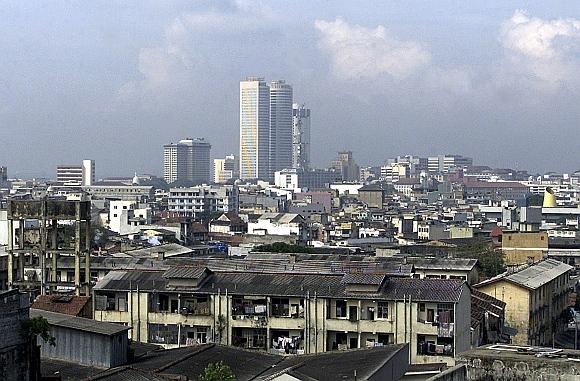
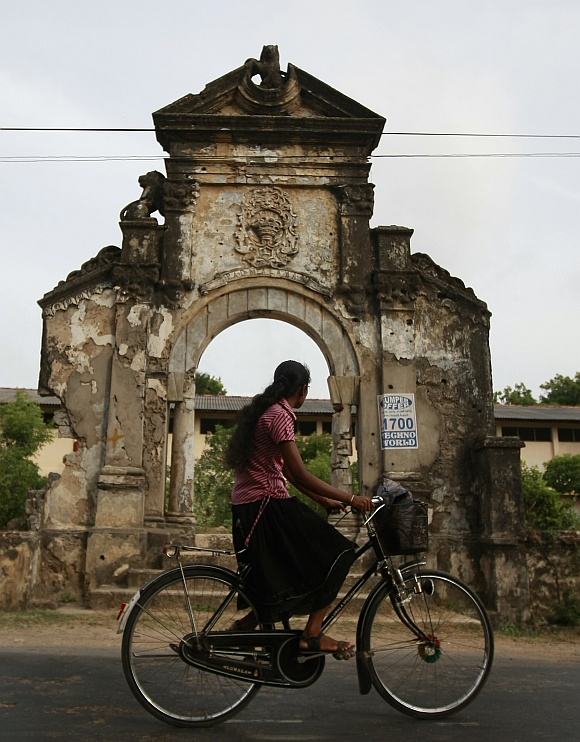
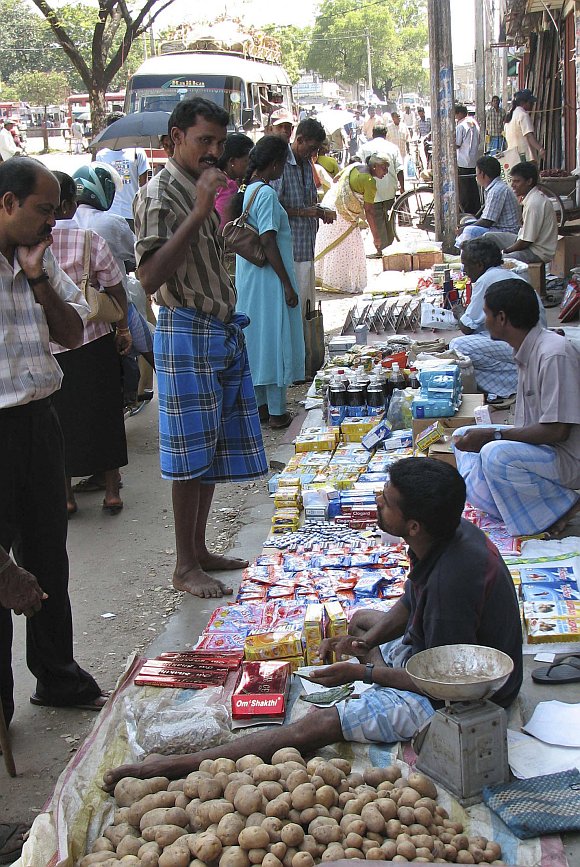
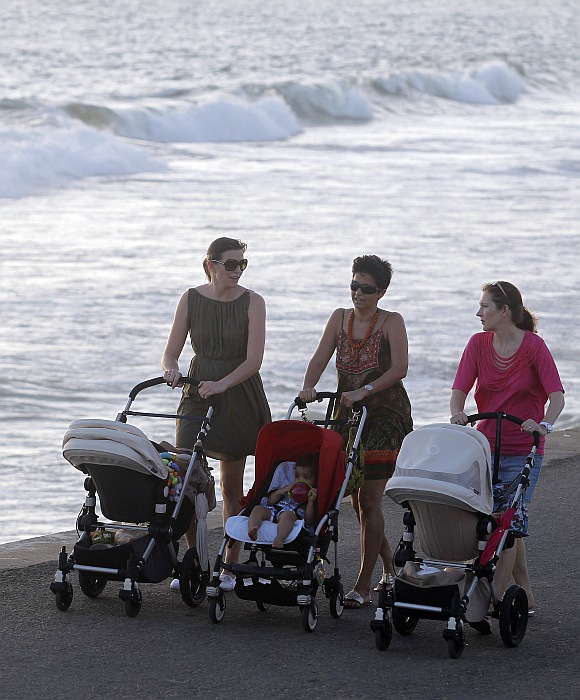
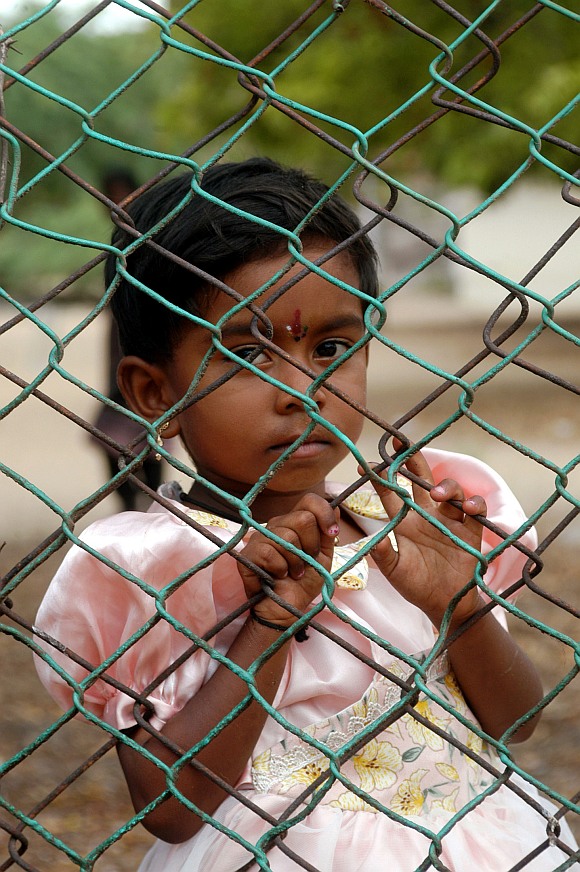
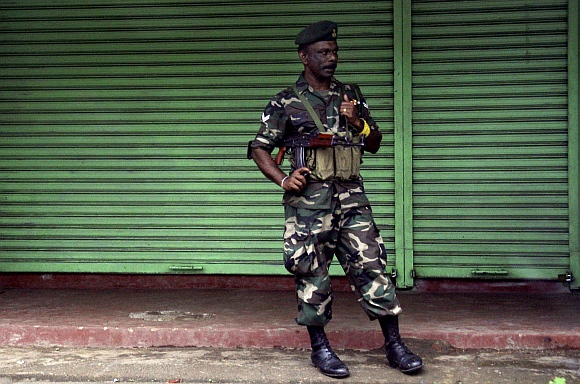

article